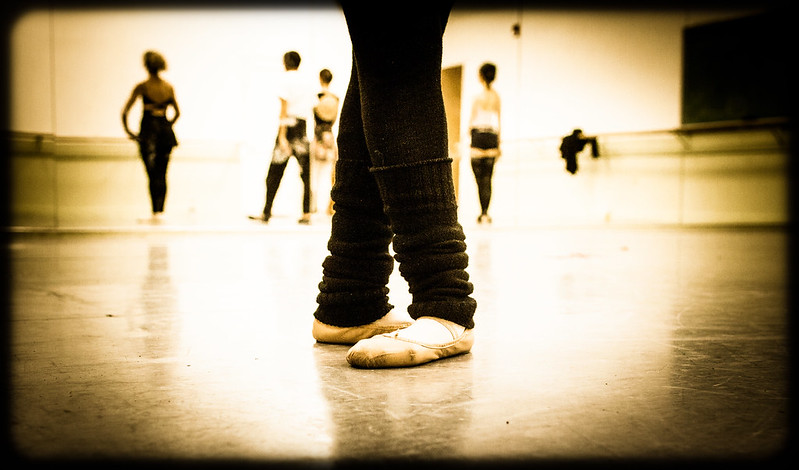Technique vs. Technicity by Ori Lenkinski

*originally published in Hebrew in Haaretz
When I lived in New York, I used to take morning classes with a magically gifted ballet teacher named Christine Wright. It took me years to find her class, which took place every weekday in a fifth-floor studio on building near Union Square. I tried countless other teachers before being tipped off about Christine. From the first class, I was completely hooked.
Christine is a petite woman who was once a soloist with Lar Lubovitch Dance Company. Through the study of many different techniques and sciences such as Tai Chi, neuroscience and visualization, she developed an approach to ballet that was revolutionary for me and many others. Her class was littered with dancers from all of the major companies and projects but the atmosphere wasn’t ever competitive, as many other professional classes were rather collegial.
She had a way of giving corrections that weren’t about what you were doing with your body but about where your mind was, what you were thinking about when you danced and how you could organize your thoughts to make your body move better.
The dancer who told me about her was named Adele. We had worked together on a project or two. Adele was a gifted ballet dancer. She had short blond hair and impossibly long legs. Every exercise she did looked impressive. She just had that way about her.
One morning, Christine stopped us in the middle of an across-the-floor exercise and asked Adele to demonstrate. She said, “look at how Adele does this. What do you see? It looks like it feels good, right? That’s a very specific talent, being able to make ballet feel good. Adele does it naturally. Let’s all try to do what Adele is doing.”
Christine put into words what it was that made Adele stand out. Where so many of us had shoulders creeping up to our ears and grimaces from the stress of trying to match our extremities to the precise lines and angles of ballet, Adele was dancing it, flowing through it. She was enjoying her technique, not slaving away at it.
Canadian cultural theorist Erin Manning refers to this ability as “technicity”. Technicity is when a person can so fully embody their technique that they move through it, beyond it. Technicity is a catch 22 of sorts. In order to let go of technique, you need to first have it and that takes time and hard work. Then, once you have it, it’s very hard to let go of those hard-won abilities. But, the dancers I most admire are those who can do just that, leave technique behind and move forward, literally and figuratively.
In raising my first child, I was very concerned with technique. I read the books, not obsessively but a good amount, I planned, journaled, strategized. Bedtime was at a precise hour, so was breakfast, lunch, nap time, dinner, bath time, story time, everything. Screen time was limited, sweets were a no, I was specific about the kinds of toys we had, the kinds of materials we entertained at our house. Structure was incredibly important to me. I strived to keep things exactly in line. When friends told me about their freer ways, their family beds, their roaming bedtimes and late nights out at restaurants, I felt a twinge of panic. How could they keep it all together if they didn’t follow rules?
When our second came around, five years after the first, we were in a different place. Our home was already a family home. Things were messier and freer and less in place. Without making the choice to do so, I loosened the tether. My rules couldn’t really hold, the house couldn’t be completely quiet when the baby was sleeping, screens were around, sweets were around, things happened approximately at time they were supposed to but never exactly when they once had. The Swiss clock was gone.
What I found was that I was enjoying myself so much more. I wasn’t worrying about my technique so much, I was dancing through it and it felt really nice. Maybe it was the confidence that I knew how to raise a baby (I’m still trying to figure out how to raise children), maybe it was that I was older. I like to think that I had learned a thing or two our first time around.
It took me years of dancing, of daily ballet classes, to let go of my technique and dance. I had to train my brain not to care if my leg was a few degrees lower than the dancer in front of me at the barre or if I did one less revolution on a pirouette. And it took me years of parenting to let go of the rigid rules I had laid out for myself and enjoy.
In both cases, finding technicity was a revelation.
